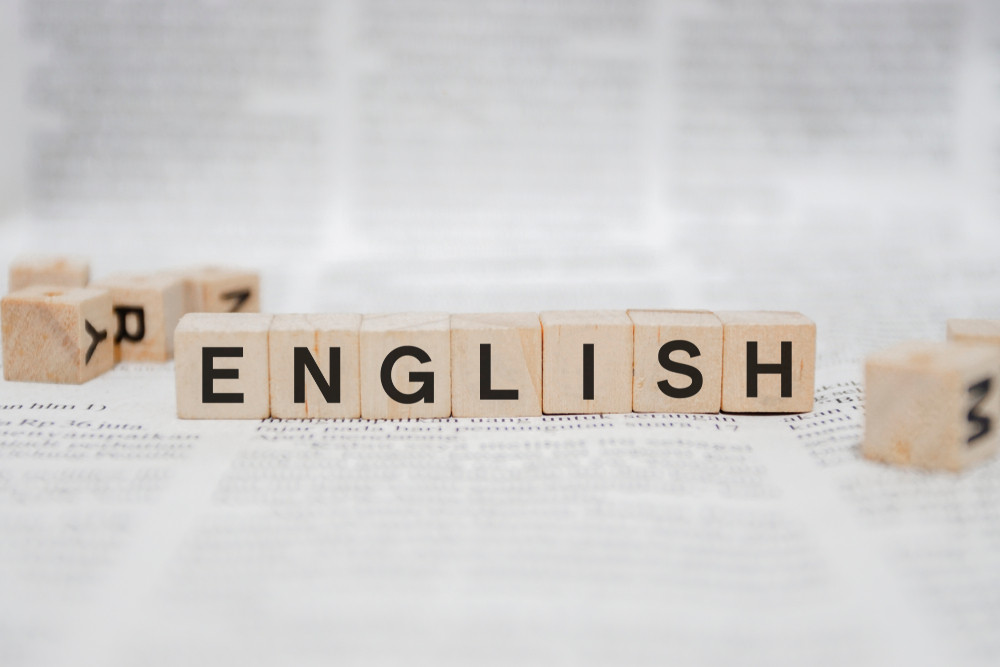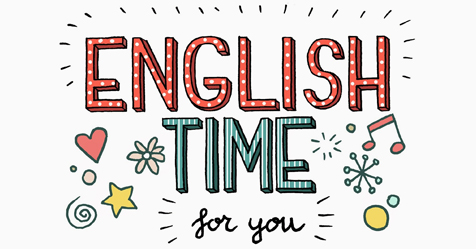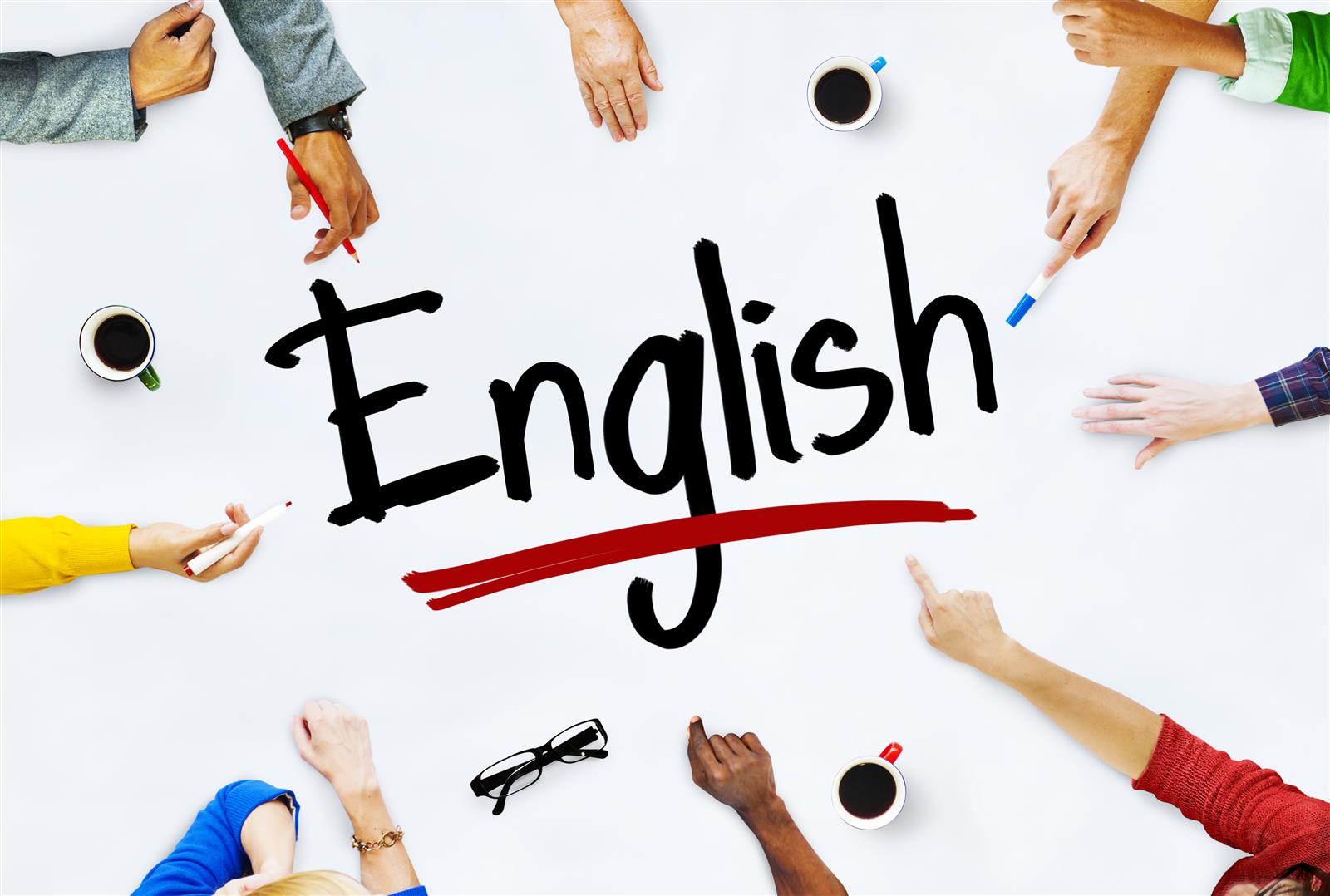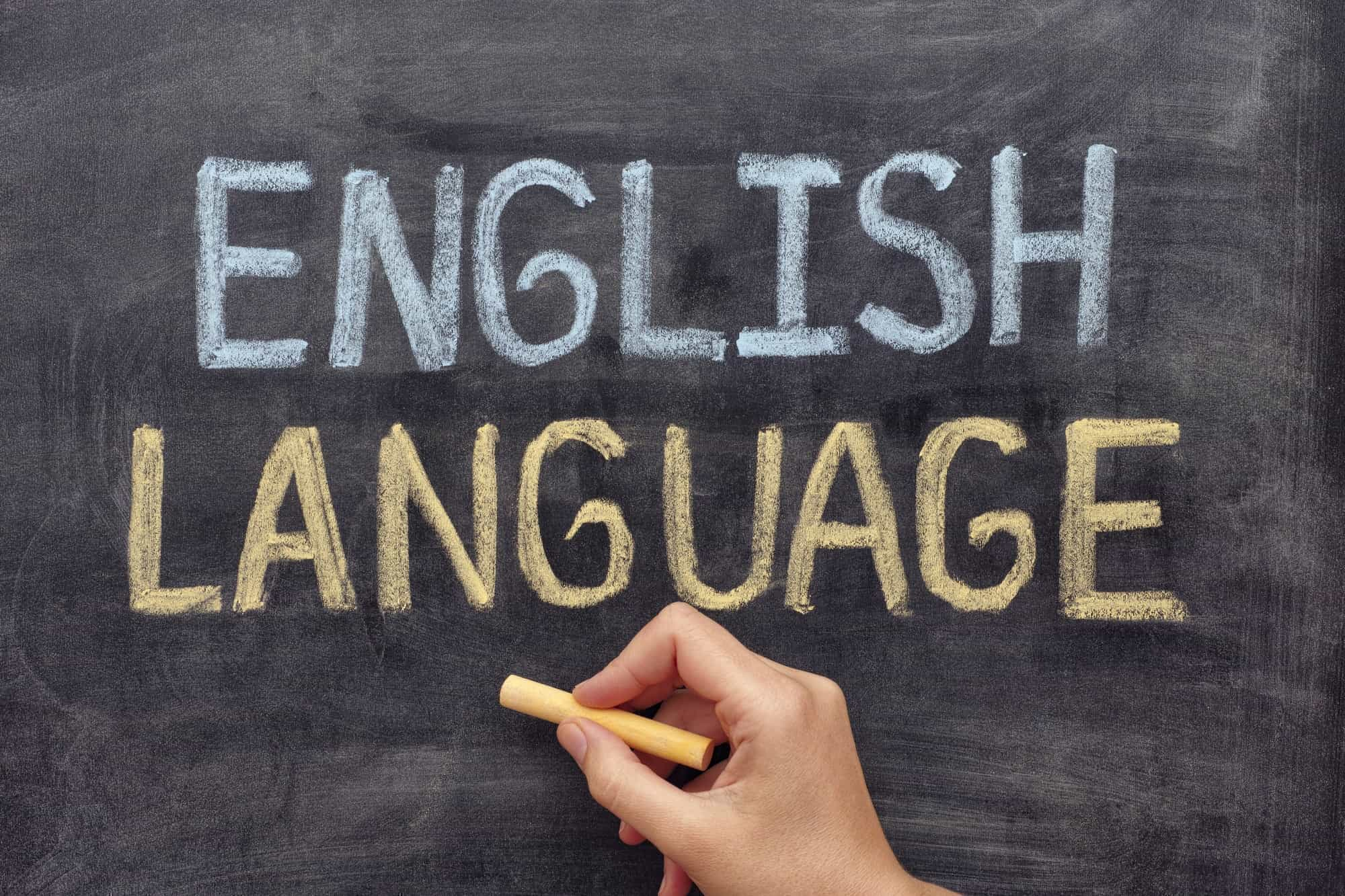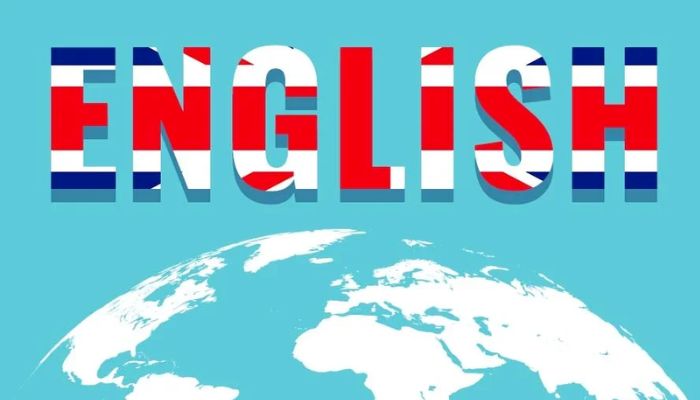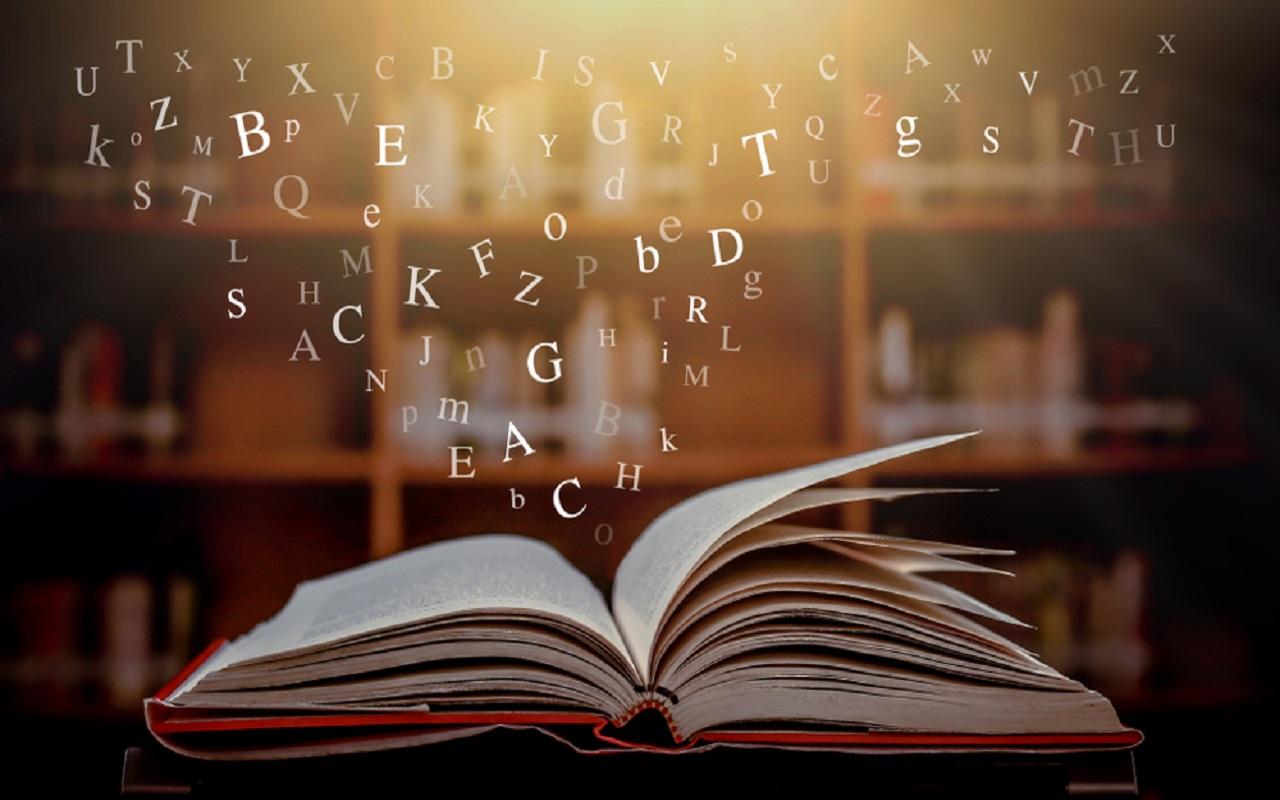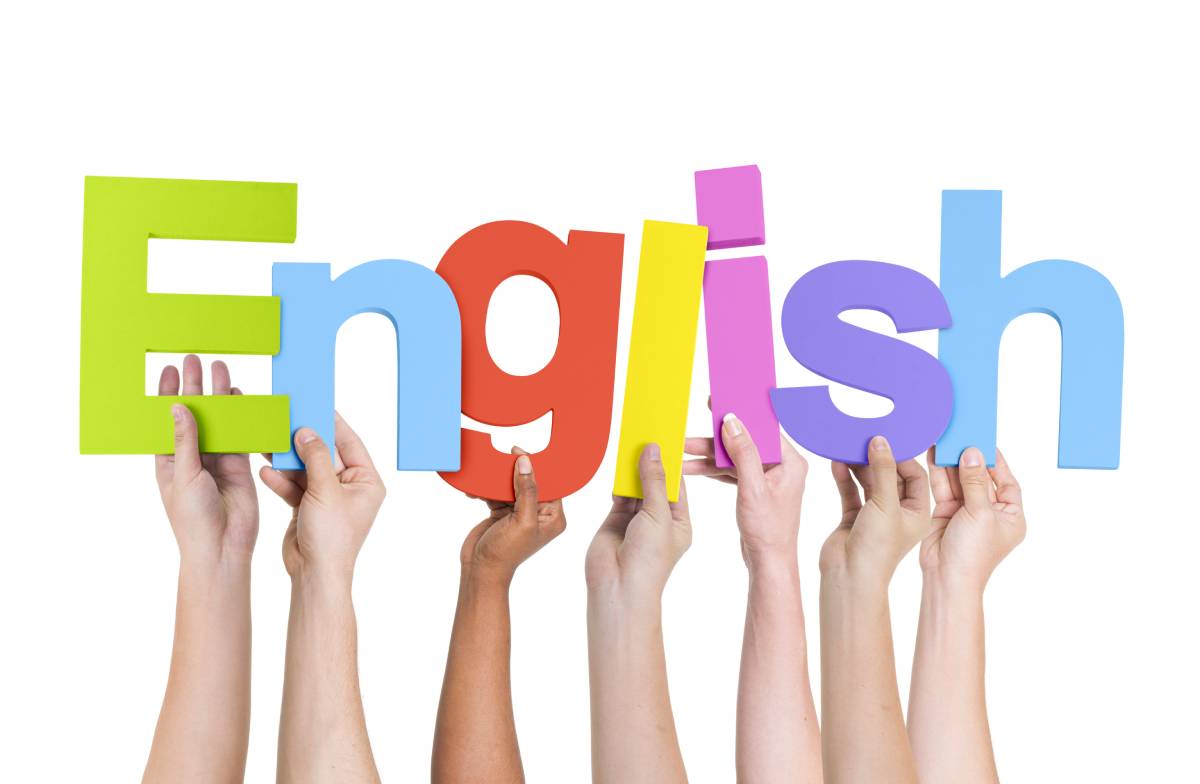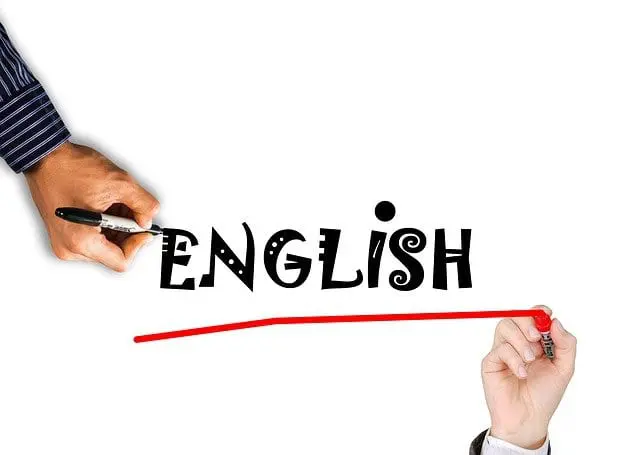A resume is a documentation of your work experience, education, and other qualifications. It is a tool to help you get a job. When applying for an English teaching job, you will need to create a resume that highlights your …
How To Write A Monologue For English
When it comes to writing a monologue, it’s important to remember that this is a piece of solo theater. As the writer, it’s up to you to create a character and bring that character to life.
There are a few …
How To Write A Composition In English
Composition writing is an important skill that students must learn. It allows students to share their ideas, thoughts, and experiences with others. In order to write a good composition, students must first understand what a composition is. A composition is …
How To Teach A Child To Write English Alphabets
Teaching children to write is an important milestone in their development. It helps them to communicate more effectively and efficiently. Writing also helps children to better understand and process the written word.
There are a number of ways to teach …
How Write Date In English
Today is January 1, 2019.
The date is written as “month day, year” in English. The month is written as a number (1-12), the day is written as a number (1-31), and the year is written as 4 digits.
How
…How To Write The Numbers In English
When writing numbers in English, there are a few rules to follow.
One: Always use figures (0, 1, 2, 3, etc.) for cardinal numbers (one, two, three, etc.), except when beginning a sentence.
Incorrect: I have zero friends Correct: I …
How To Write Old English Dialogue
Old English is an early form of the English language that was spoken in England before the Norman Conquest in 1066. It is a difficult language to learn, and even more difficult to write in. If you want to write …
How To Write Japanese Address In English
When writing an address in Japanese, the order is typically: 1. Name of recipient 2. Street address 3. City 4. Prefecture 5. Country
Here is an example:
渡辺淳一 〒150-0001 東京都渋谷区神宮前1丁目2番3号
Watanabe, Junichi 150-0001 2-3 Jingumae Shibuya-ku Tokyo Japan
Can I
…How To Write English Assignment
It is often said that writing is an art. And like any other form of art, it takes time and practice to perfect. The same is true for writing assignments in English. If you are struggling with how to get …
How To Write An English Sonnet
A sonnet is a 14-line poem written in iambic pentameter. It is typically written in one of several rhyming schemes, the most common of which is abab cdcd efef gg.
The sonnet is often considered the most challenging poetic form, …
